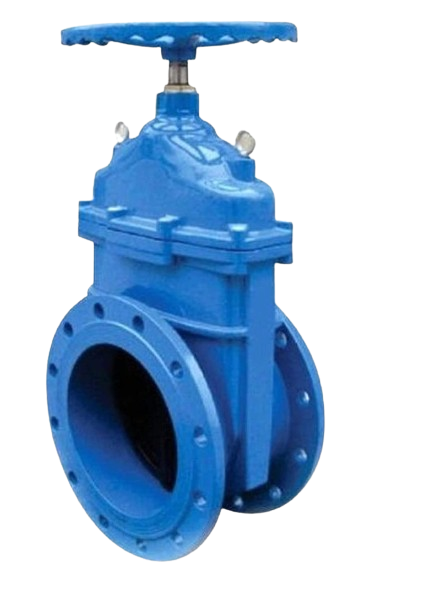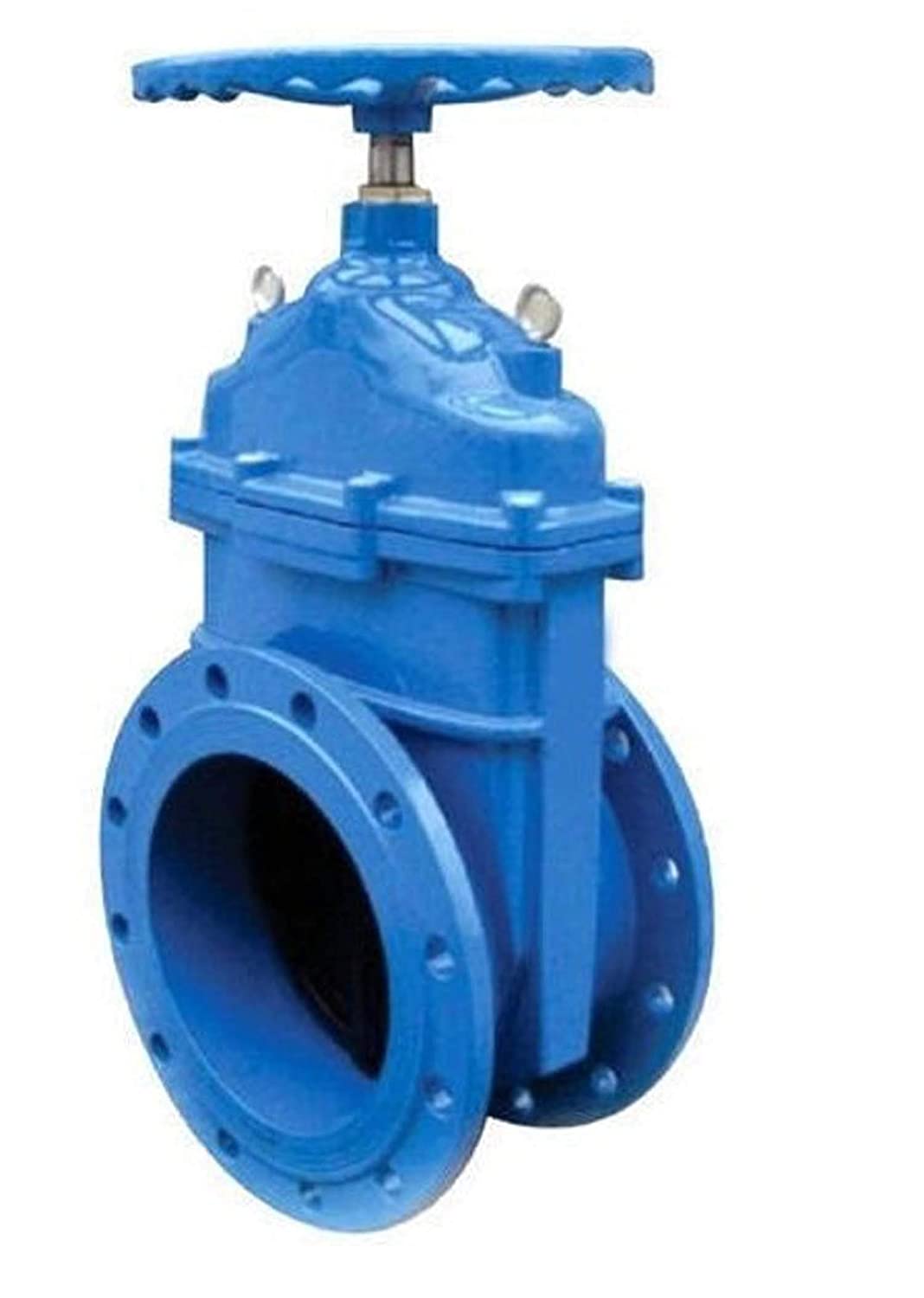
Sluice Valve
A Sluice valve is also known as a Gate valve, is a type of valve that is used to control the flow of fluids and typically used in a piping system. It’s named for its design, which consists of a Gate or wedge-shaped disc that slides or can be raised or lowered to control the flow of fluid in pipelines. This valve is completely separated from the flow. It practically gives no opposition to flow. Because of this, very little reduction in pressure is experienced as the fluid flows through the valve.
It is the most common type of valve that is used in process plants to handle slurries. It can be either fully opened or fully closed. These valves cannot be used for throttling applications.
- Seat Leakage : Zero Leakage, Tight Shut Off
- Temperature Range : 25°C to + 200°C
- Size Range: 1”to 42”
Types of Sluice Valves
Sluice Valve Manufacturer Makes valves of various types, and it is based on design and industrial application. Here are some common types of Sluice Valves described below:
Rising Stem Sluice Valve:
In this type of valve, the stem rises or lowers along with the gate to control the flow. It is a type of linear-motion valve that is commonly used in various industrial, commercial, and residential applications. It is characterized by its unique stem design.
Non-Rising Stem Sluice Valve:
This type of Gate Valve functions oppositely to the Rising Stem Sluice Valve. While the gate moves up and down to regulate the flow. This type is often used, where limited space applications.
Metal Seated Sluice Valve:
Metal Seated Sluice Valves have a gate and seat, which are constructed from metal. It is typically used for High-Pressure and High-Temperature applications of industry. These types of Sluice Valves are known for their robust construction and their ability to provide tight shut-off. This feature makes them suitable for all types of media.
Resilient Seated Sluice Valves:
Resilient Seated Sluice Valves are also known as Resilient Seated Gate Valves. These are the essential components of fluid control systems. use rubber or elastomer seats to offer a tight seal. They are commonly used in applications where a bubble-tight shut-off is required. These valves are designed to withstand a variety of operating conditions while dependable flow control.

